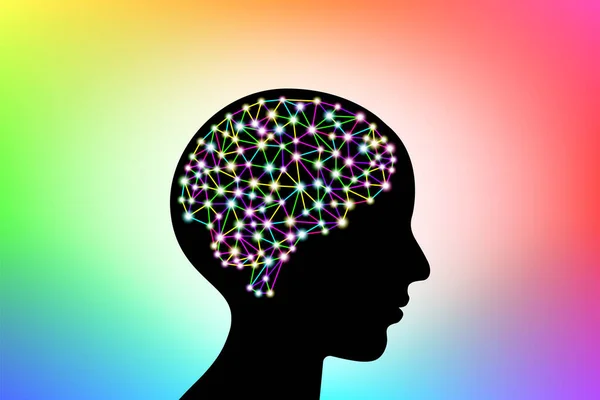Learning is a complex process that involves the absorption and retention of information. Our brains play a fundamental role in this process, and understanding the neuroscience behind learning can provide insights into how we can optimize our learning potential.
The Role of Neuroplasticity

One of the key concepts in the neuroscience of learning is neuroplasticity. Neuroplasticity refers to the brain’s ability to reorganize itself by forming new neural connections throughout life. This process allows us to learn new skills, acquire knowledge, and adapt to new situations.
Neuroplasticity occurs as a result of changes in the strength and structure of existing neural connections, as well as the formation of new connections. When we learn something new, such as a new language or a musical instrument, our brain undergoes physical changes that enable us to perform these skills more efficiently over time.
The Role of Memory
Memory is another crucial aspect of learning. Our ability to absorb and retain information relies on our memory systems. The brain has multiple memory systems, including short-term memory and long-term memory.
Short-term memory, also known as working memory, allows us to hold and manipulate information for a short period. It is essential for tasks that require immediate processing, such as problem-solving or following instructions. However, information stored in short-term memory is temporary and can be easily forgotten if not transferred to long-term memory.
Long-term memory, on the other hand, is responsible for storing information for an extended period. It can be further divided into declarative memory (memory for facts and events) and procedural memory (memory for skills and habits). The consolidation of information from short-term to long-term memory involves the strengthening of neural connections and the activation of specific brain regions.
The Role of Attention and Engagement
Attention and engagement are critical factors in the learning process. When we are attentive and engaged, our brains are more receptive to acquiring and processing information. Attention allows us to focus our cognitive resources on specific stimuli, while engagement enhances our motivation and interest in the subject matter.
Research has shown that active learning, where students are actively engaged in the learning process through discussions, problem-solving, and hands-on activities, leads to better retention of information compared to passive learning methods. By actively engaging with the material, we activate multiple brain regions involved in the encoding and retrieval of information.
The Role of Emotions
Emotions also play a significant role in learning. Positive emotions, such as curiosity, interest, and enjoyment, can enhance learning by facilitating attention, memory, and motivation. On the other hand, negative emotions, such as stress or anxiety, can hinder learning by impairing attention and memory processes.
Creating a positive and supportive learning environment can help foster positive emotions and enhance the learning experience. Incorporating elements of novelty, relevance, and personalization can also increase engagement and stimulate the brain’s reward system, further reinforcing the learning process.
The neuroscience of learning provides valuable insights into how our brains absorb and retain information. By understanding the mechanisms behind learning, such as neuroplasticity, memory, attention, engagement, and emotions, we can optimize our learning strategies and create environments that promote effective learning.

